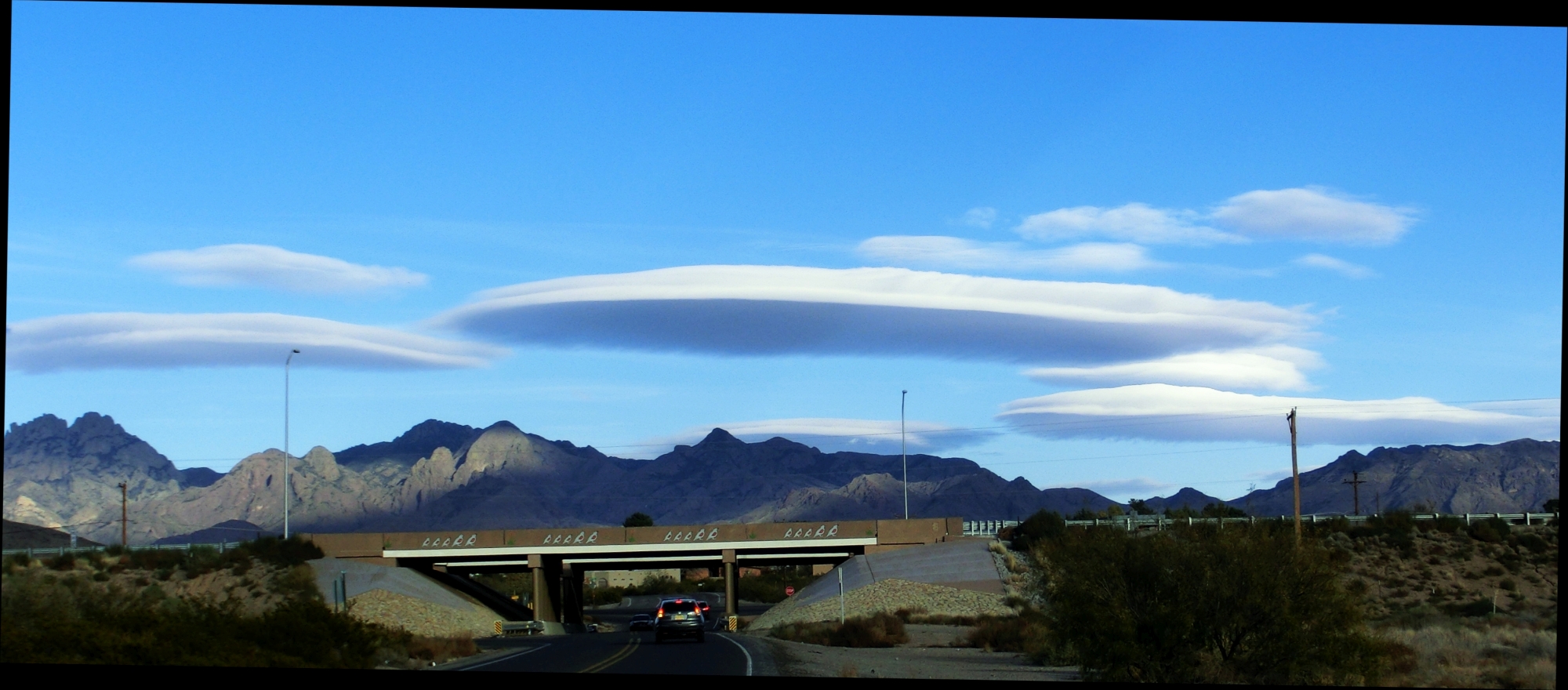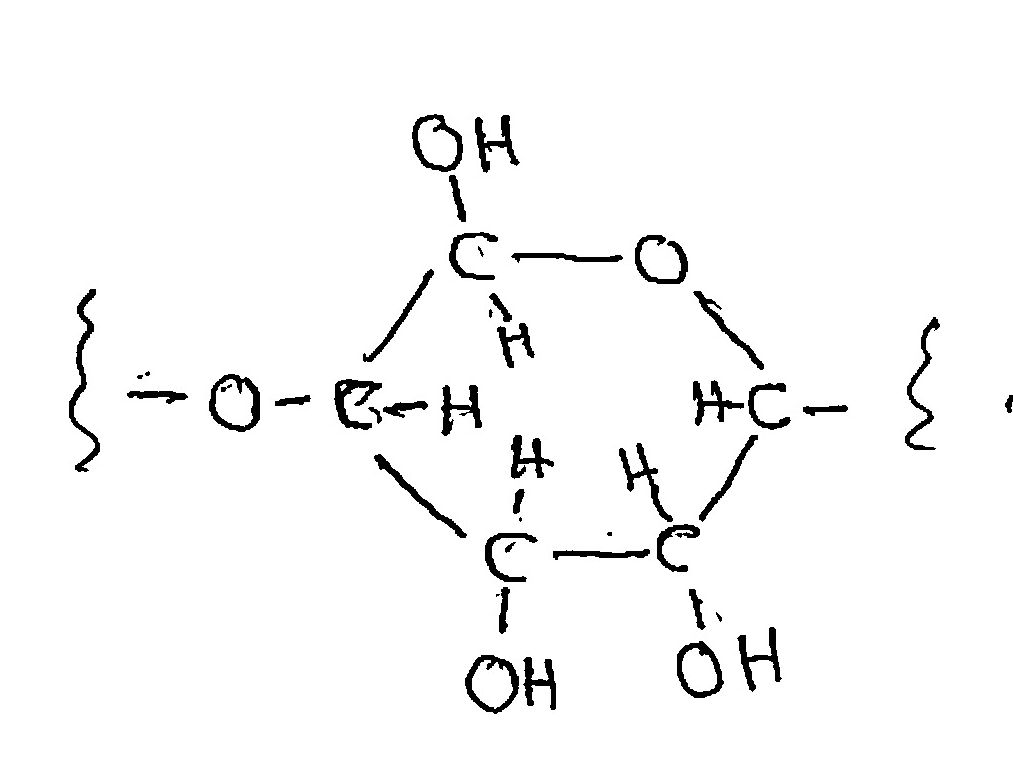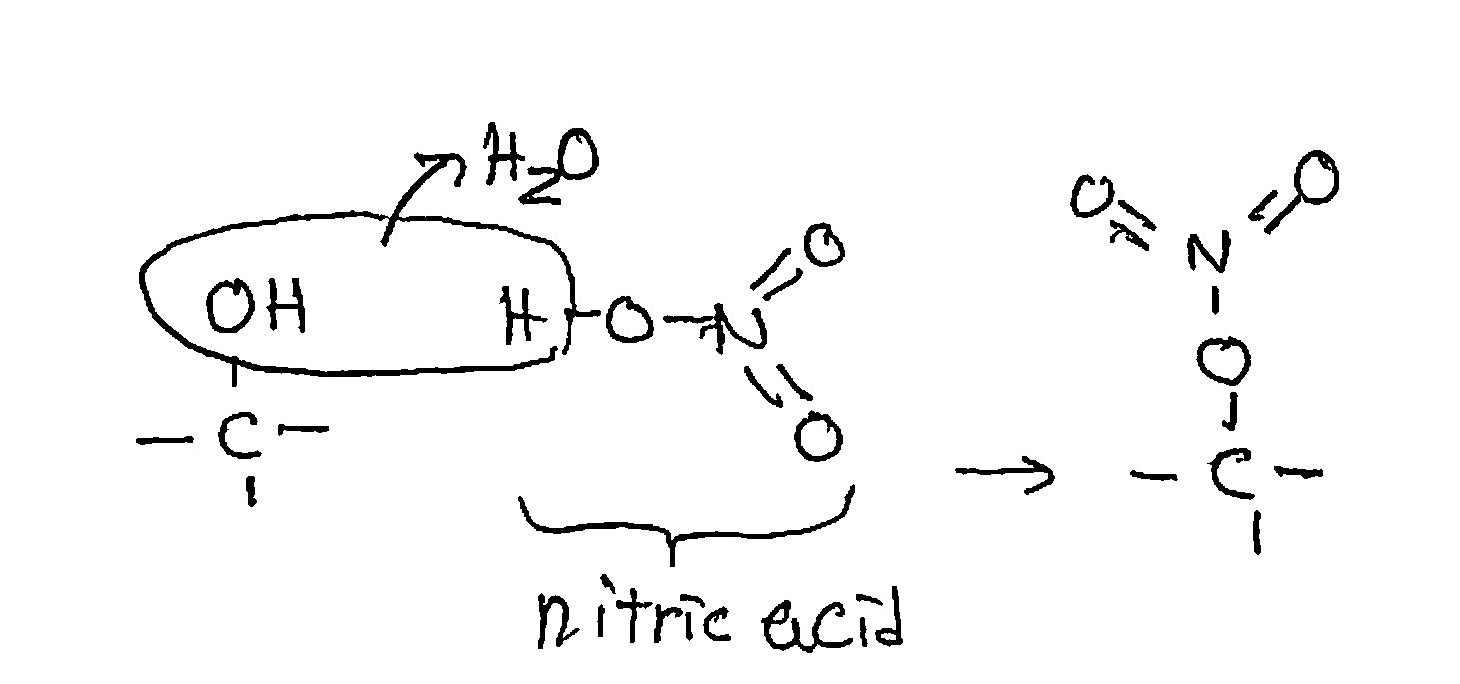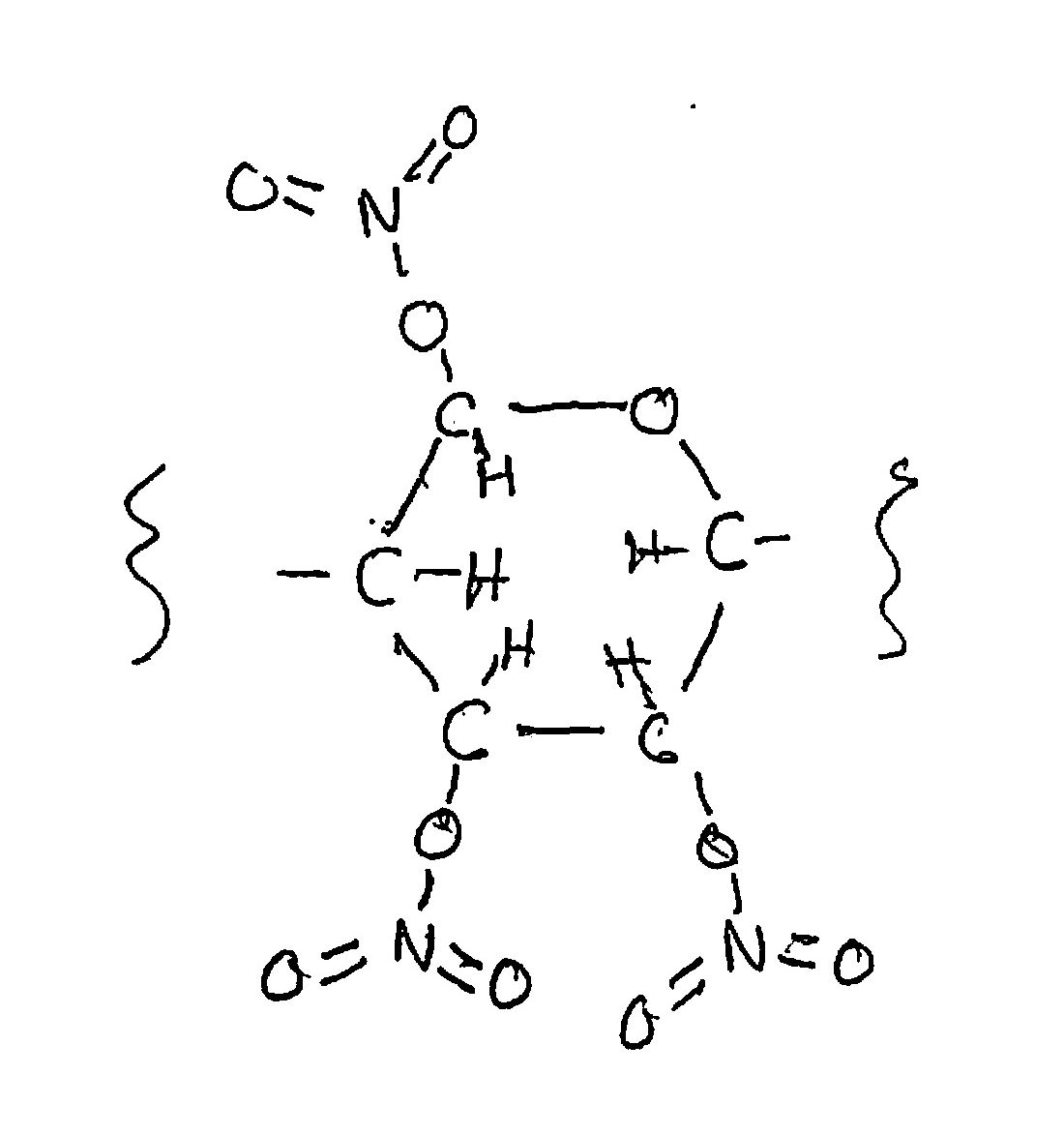PICTURES COMING SOON
Flames in many colors: Just add the right chemical element and you can get red, orange, yellow, green, blue, or violet. Some of these elements occur in common household chemicals. A propane or butane torch, an old spray bottle, and some safety precautions and you’re good to go. There’s interesting quantum physics behind it all, too.
Many-colored flames
Equipment: a butane or propane torch ($15; be sure only a responsible adult handles it!); a selection of chemical compounds (some cheap, others pricey; I’ll note the safety issues, which can be handled readily).
This demo can be done as a short “Gee, whiz” demo, rapidly showing the flame colors. It’s far more interesting with all the context I develop here; I offer a lot of it here for fun and education.
We’ve all seen flames with different colors – the blue and yellow of a candle flame, some pure blue from a natural gas flame, deep red in a charcoal fire. Some of us have seen exceptional flames, such as burning magnesium (blindingly white, literally – never keep looking at it).
Getting new colors: We can look at what causes different flame colors. More than that, we can get many different colors in a flame by adding simple chemicals in small amounts. Take ordinary table salt, sodium chloride. Dissolve salt in some water. Put it in a small spray bottle (say, from eyeglass cleaner or nasal spray, cleaned out and dried). Set up the butane torch. Safety:
* Have an adult do this
* Be sure that the torch is very stable, on a table or desk; a torch knocked over can be a serious hazard.
* Have a fire extinguisher handy.
Get the butane torch burning nice and light blue. Spray the solution steadily into the flame about halfway along its length. You’ll get a vivid yellow! Why? To answer this we’ll talk about how electrons are running around in atoms (and molecules) and how changes in their states relate to energy, thus, to the color of light.
We’ll talk a bit more about safety of the chemicals at the end. First, please note that no one should inhale the spray! Toxicities are low but non-zero. There should be no problem with the small amounts sprayed into the flame and reaching the air in the room.
PICTURES
Why the colors appear: In chemistry or physics you learn that the atom has a tiny, very dense nucleus with a positive charge and a set of electrons of negative charge moving around them. The actual motion is complex and even beautiful while often simplified as the electrons moving in circular or elliptical orbits. The real patterns still retain the interpretation that electrons in an atom “at rest” occur at distinct or discrete energy levels. Let’s build up a sodium atom from a bare nucleus. We’ll need to eventually add in 11 electrons to match the 11 positive charges in the nucleus; sodium is thus chemical element number 11. The first electron ends up in an “orbit” or state called the 1s. One more electron can fit in this state, to give a atomic state we denote as 1s2, where the superscript “2” is counting those electrons. The next two electrons go into the state called 2s. Six more can go into three similar states all lumped as 2p. The eleventh and final electron goes into the 3s state. This is the state of lowest energy of the sodium atom in isolation… and that’s a common state for sodium that’s been wafted into the flame after the chloride partner gives back one electron to what started as a sodium atom missing one electron, an ion.
The flame is a state of high energy as disordered thermal energy or heat. Atoms and molecules in the flame bounce into each other with extreme frequency. Sometimes an electron on the sodium atom gets bumped up in energy from the 3s state to the 3p state. That’s not a stable state for various reasons. The electron can fall back to the 3s level. In doing that it loses a lot of energy. Ah, but energy is conserved! The energy is taken up in creating a particle of light, a photon. This photon, when it hits our eyes, gives us the sensation of yellow. There is an exact mathematical relation between the energy of the photon and its wavelength and, therefore, its color. (Light is a vibration of electrical and magnetic fields in space, as realized by the brilliant James Clerk Maxwell in 1860, and the idea carries into modern “quantum” physics, with interesting ties to the Nobel Prize for Albert Einstein! Light has a wavelength for its vibration, just as does sound or water ripples. There are lots of stories here.)
Let’s get some other colors: There are many metals that we can dissolve as salts and put into a flame. Each has its own electronic energy levels in both “ground” and “excited” states, and this gives their electronic transitions a special color. There may be several colors, with several transitions happening to
different atoms at the same time. To get nice, rather pure colors, we want the metal atoms to be combined with other atoms that don’t give another color to confuse the result. Many metals can be dissolved in, say hydrochloric acid to give chloride salts. Chlorine atoms don’t give light that we can see.
Let’s look at different metals, the colors they give, and the chemical compounds we can obtain and dissolve in water nicely. After this we’ll get back to the blues, yellows, oranges, and reds of common flames.
| Element name | Symbol | Flame color | Compound to use |
| Copper | Cu | Green | Copper chloride or sulfate |
| Potassium | K | Violet | Potassium chloride |
| Rubidium | Rb | Violet | Rubidium chloride |
| Cesium | Cs | Blue | Cesium chloride |
| Calcium | Ca | Orange/red | Calcium chloride |
| Manganese | Mn | Lime green | Manganese dioxide (see below) or nitrate |
| Lithium | Li | Deep red | Lithium chloride |
| Iron | Fe | Orange | Ferrous sulfate (ferric is insoluble) |
| Indium | In | Blue | Indium chloride |
| Zinc | Zn | Aquamarine | Zinc chloride or sulfate |
| Strontium | Sr | Red | Strontium chloride or sulfate |
| Boron | B | Green | Boric acid (borax is not as good) |
The last element, boron, is not a metal, but it’s handy and it’s colorful, and the same ideas about electrons changing state apply. The particular salts to use, chloride or sulfates, are not critical; you might find some others, but avoid salts where the other part, the anion, imparts its own color that might mask the color you want. Obviously, avoid borates of the metals, or you’ll mostly see the green of boron.
Dissolve as much of a compound as possible. You’ll be using just a tiny amount sprayed into the flame, so you won’t waste much – and you can keep the solution and its solids for later, anyway. Some of these compounds are much more soluble than others. E.g., only about 6 grams of boric acid dissolve in 100 g of water, while 129 g of manganese nitrate will dissolve in 100 g of water! In any case, all the above are usefully soluble.
Getting these chemicals and using them safely: Some of these are easy to get and cheap, others are more specialized. Start with the easy ones:
* Copper: copper sulfate is sold as a root killer in garden or hardware stores (it kills roots that invade your oudoor plumbing. Cheap. Copper sulfate is toxic in fairly small amounts, even 1 gram. Don’t let anyone taste the pretty blue crystals!
* Sodium: this is ordinary table salt. Super cheap.
* Potassium: pharmacies and supermarkets sell potassium chloride as a “salt” substitute for people with high blood pressure. Make sure it has no sodium chloride at all, or the sodium color will dominate. Cheap.
* Calcium: Calcium chloride is sold in big bags to melt ice in cold climates. It is also sold in small amount, rather pure, for making some cheeses and can be bought online.
* Manganese is in alkaline batteries. You can cut an old battery open (careful with the sharp edges!). However, the manganese is as the insoluble dioxide. To make a soluble form, you can dissolve a pinch of the dioxide in a pinch of hydrochloric acid, HCl, also sold in hardware stores as muriatic acid (from the Latin muria, brine, since the chlorine is made ultimately from sea salt). BE CAREFUL; HCl is volatile, so that HCl gas wafts off the liquid. Its suffocating odor is a deterrent; its effect on lungs is terrible. Don’t breathe over it, and discard any leftover acid (in small amounts) by diluting it with lots of water.
If you can get ahold of manganese nitrate, you’re set, without any processing.
* Iron: You can get essentially pure ferrous sulfate as “iron pills” at a pharmacy or supermarket. They’re sold to treat iron deficiency in humans. Note: While iron is a critical element in our nutrition (usually obtained from food), an excess is toxic and even deadly, as it drives the destruction of organs. The most common accidental poisoning of children is from their naïve consumption of iron pills. Take care.
* Boron: boric acid is sold as a roach and ant killer. Get the pure stuff, not mixed with other chemicals. It is toxic to humans, too, at the level of a few grams. Don’t let anyone taste it!
The other chemicals are less available. Get your friendly local university chemist to give you a few grams, or have him or her do those demonstrations. You might also get them from a chemical supply house or Carolina Biological Supply.
Controlling the torch flame:
Why was the butane flame blue and orange to start with? Combustion of a hydrocarbon such as butane is a very complicated set of chemical reactions, all going on at the same time in a very short time as the butane and its products shoot out. The combustion is always a little bit incomplete, creating chemicals that have their own glow or luminosity. Very incomplete combustion, similar to that in a candle flame with its low temperature, creates balls of mostly carbon, called soot. When in a flame, they glow from what’s called blackbody radiation (the name has a long and fascinating history, even involved with Nobel Prizes). This is radiation of all wavelengths or colors. Its intensity rises with temperature. Its color changes with temperature, from red at low temperatures on up to blue at temperatures of stars, far higher than in any flame. To prevent the orange glow from masking the colors of the metals that you want to see, adjust the torch flame so it burns blue.
Finally, why is there blue in the torch flame? This color comes from some unusual and unstable chemicals forming in the flame. One such chemical is the radical CH, one carbon and one hydrogen bonded together. It’s very unstable and gets burned up eventually, but not before it glowed. Another compound is C2, just two carbons bonded together. Same deal – it’s unstable and it disappears, but it did glow on its way out.



